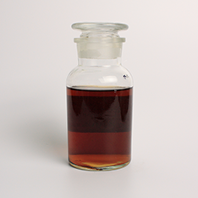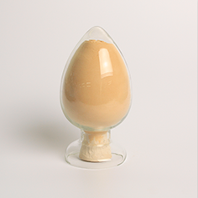Compound Glucoamylase
- Home
- Products & Applications
- Compound Glucoamylase


Compound Glucoamylase
Description:
Compound Glucoamylase is the combination of Glucoamylase and Pullulanase. While Glucoamylase is obtained from controlled fermentation of Aspergillus niger, Pullulanase is the result of a deep fermentation of Bacillus licheniformis. Compound Glucoamylase is widely used in the manufacturing of beer, monosodium glutamate, starch sugar, and antibiotics.
Technical information:
- Available in liquid (brown) 100,000 u/ml based on starch as substrate.
- Temperature range: 40-65℃ (Optimum temperature: 55-60℃).
- pH range: 4.0-5.5 (Optimum pH: 4.2-4.6)
- Unit definition: The amount of enzyme needed to liberate 1 mg of starch in one hour at a pH of 4.6 at 40℃ (Standard: GB 8276-2006)
Mode of Action:
Glucoamylase will hydrolyze terminal 1,4 linked α-D-glucose residues successively from non-reducing ends of amylose chains to release free glucose. This fermentation also can hydrolyze α-1, 6 glucosidic linkages in isomaltose and dextrins. Pullulanase is a heat stable debranching enzyme that works at a low pH and hydrolyzes α-1,6 glucosidic linkages in starch.
Uses:
- Glucose production
After liquefying the raw material, adjust pH to 4.2 to 4.5, cool the material to 60℃ and add Compound Glucoamylase at a rate of 0.4 to 0.9 L/ton of dry starch. Saccharification time should be between 30 to 60 hours.
- Beer manufacturing
In the elaboration of beer, the recommended dosage is 0.15 to 0.35 L/ton of dry starch.
Packaging, Storage & Handling
- Liquid: Plastic drums of 22; 200; 840 and 1,000 L.
- Powder: 20 kg cartons; 25 kg bags and 25 kg drums.
- Storage & handling: Avoid exposure to direct sunlight; keep in clean, cool, and dry place.
